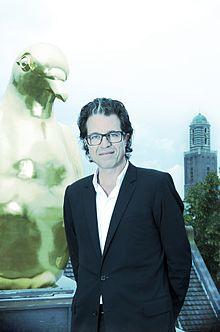
Zwolle is a city and municipality in the Northeastern Netherlands. It is the capital of the province of Overijssel and the province's second-largest municipality after Enschede with a population of 130,592 as of 1 December 2021. Zwolle borders on the province of Gelderland and is east of the river IJssel.
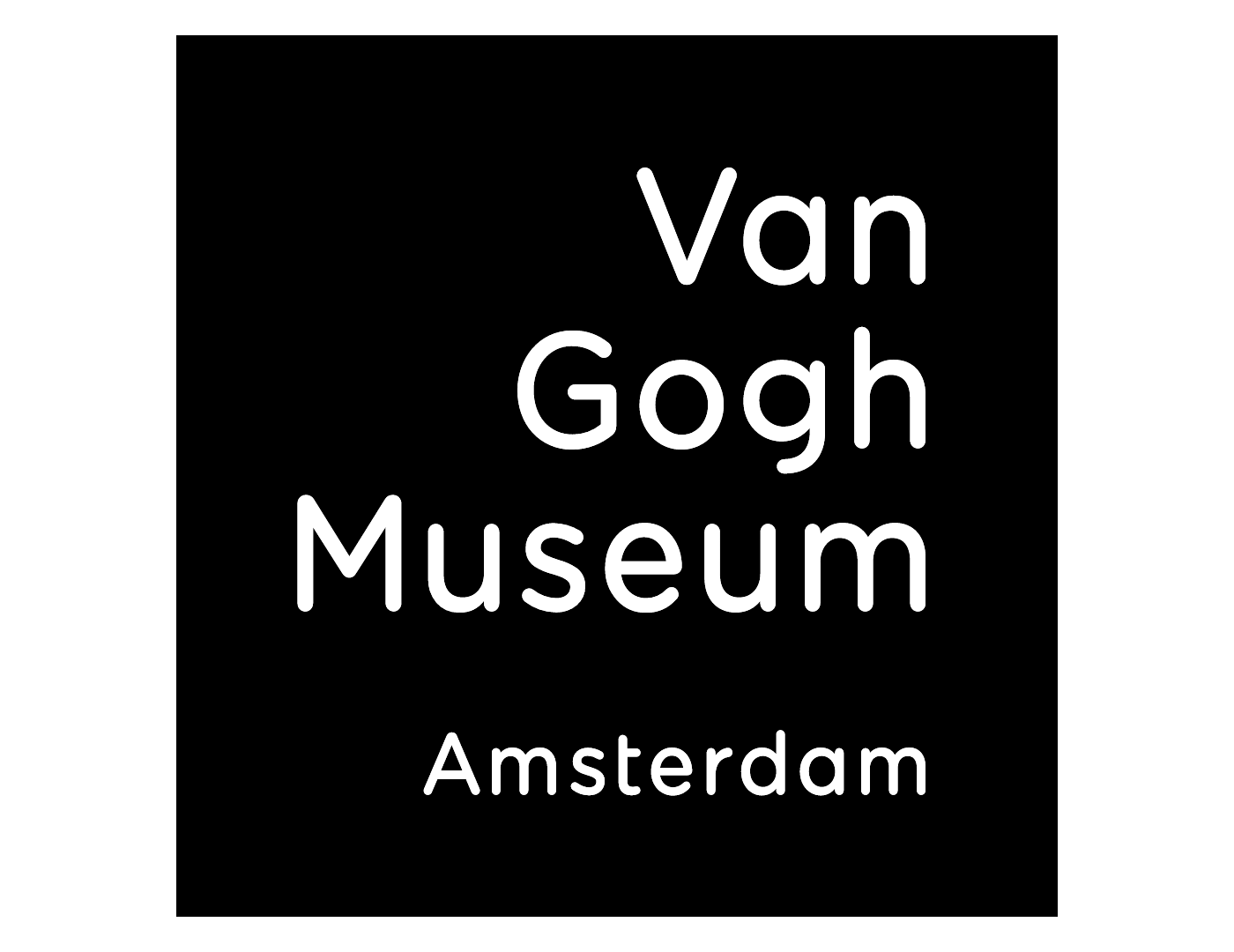
The Van Gogh Museum is a Dutch art museum dedicated to the works of Vincent van Gogh and his contemporaries in the Museum Square in Amsterdam South, close to the Stedelijk Museum, the Rijksmuseum, and the Concertgebouw. The museum opened on 2 June 1973, and its buildings were designed by Gerrit Rietveld and Kisho Kurokawa.

Jan Baptist Weenix, also spelled Jan Baptiste Weeninx (1621–c. 1659) was a painter of the Dutch Golden Age. Despite his relatively brief career, he was a very productive and versatile painter. His favourite subjects were Italian landscapes with large figures among ruins, seaside views, and, later in life, large still life pictures of dead game or dogs. He was mainly responsible for introducing the Italian harbour scene into Dutch art, in mid-size paintings with a group of figures in the foreground.

The Kröller-Müller Museum is a national art museum and sculpture garden, located in the Hoge Veluwe National Park in Otterlo in the Netherlands. The museum, founded by art collector Helene Kröller-Müller within the extensive grounds of her and her husband's former estate, opened in 1938. It has the second-largest collection of paintings by Vincent van Gogh, after the Van Gogh Museum. The museum had 380,000 visitors in 2015.

The Hague School is a group of artists who lived and worked in The Hague between 1860 and 1890. Their work was heavily influenced by the realist painters of the French Barbizon school. The painters of the Hague school generally made use of relatively somber colors, which is why the Hague School is sometimes called the Gray School.

Jan Lievens was a Dutch Golden Age painter who was associated with his close contemporary Rembrandt, a year older, in the early parts of their careers. They shared a birthplace in Leiden, training with Pieter Lastman in Amsterdam, where they shared a studio for about five years until 1631. Like Rembrandt he painted both portraits and history paintings, but unlike him Lievens' career took him away from Amsterdam to London, Antwerp, The Hague and Berlin.

Isaac Lazarus Israëls was a Dutch painter associated with the Amsterdam Impressionism movement.
The fame of Vincent van Gogh began to spread in France and Belgium during the last year of his life, and in the years after his death in the Netherlands and Germany. His friendship with his younger brother Theo was documented in numerous letters they exchanged from August 1872 onwards. The letters were published in three volumes in 1914 by Johanna van Gogh-Bonger, Theo's widow, who also generously supported most of the early Van Gogh exhibitions with loans from the artist's estate. Publication of the letters helped spread the compelling mystique of Vincent van Gogh, the intense and dedicated painter who died young, throughout Europe and the rest of the world.
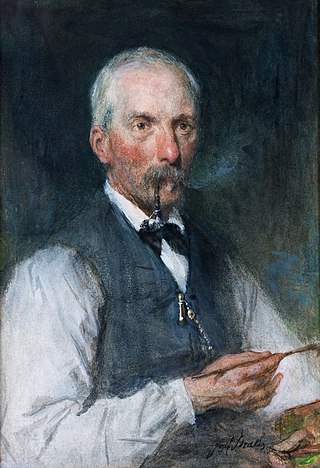
Jan Hendrik Weissenbruch, also known as Hendrik Johannes Weissenbruch was a Dutch painter of the Hague School. He is noted especially for his watercolours.
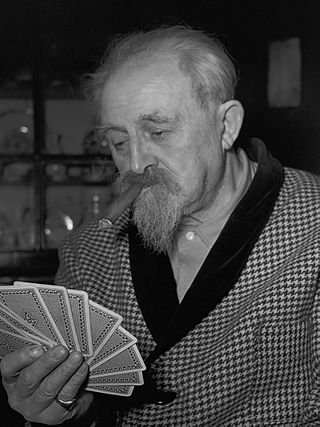
Johannes Carolus Bernardus (Jan) Sluijters, or Sluyters was a Dutch painter and co-founder of the Moderne Kunstkring.
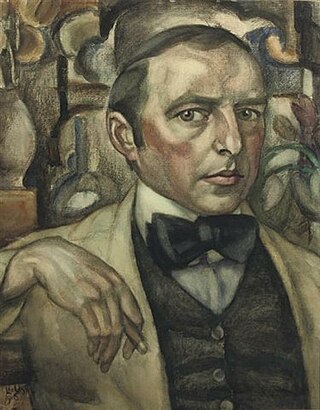
Leo Gestel was a Dutch painter. His father Willem Gestel was also an artist. Leo Gestel experimented with cubism, expressionism, futurism and postimpressionism. Along with Piet Mondrian and Jan Sluyters he was among the leading artists of Dutch modernism.

Le Moulin de la Galette is the title of several paintings made by Vincent van Gogh in 1886 of a windmill, the Moulin de la Galette, which was near Van Gogh and his brother Theo's apartment in Montmartre. The owners of the windmill maximized the view on the butte overlooking Paris, creating a terrace for viewing and a dance hall for entertainment.

Dirk Hannema was a controversial museum director and art collector. The Museum Boijmans flourished under his directorship, but he was also arrested and interned for eight months for his conduct during the German occupation of the Netherlands during World War II. Further, his reputation was severely damaged when he inaccurately attributed various forgeries to the painter Johannes Vermeer, among others. However, a quarter century after his death, he was at least partially vindicated when Le Blute-Fin Mill, a painting he had championed as a van Gogh, was finally authenticated as being by the renowned painter.

The Montmartre paintings are a group of works that Vincent van Gogh created in 1886 and 1887 of the Paris district of Montmartre while living there, at 54 Rue Lepic, with his brother Theo. Rather than capture urban settings in Paris, van Gogh preferred pastoral scenes, such as Montmartre and Asnières in the northwest suburbs. Of the two years in Paris, the work from 1886 often has the dark, somber tones of his early works from the Netherlands and Brussels. By the spring of 1887, van Gogh embraced use of color and light and created his own brushstroke techniques based upon Impressionism and Pointillism. The works in the series provide examples of his work during that period of time and the progression he made as an artist.

The Parsonage Garden at Nuenen, alternatively named The Parsonage Garden at Nuenen in Spring or Spring Garden, is an early oil painting by 19th-century Dutch post-Impressionist painter Vincent van Gogh, created in May 1884 while he was living with his parents in Nuenen. Van Gogh made several drawings and oil paintings of the surrounding gardens and the garden façade of the parsonage.
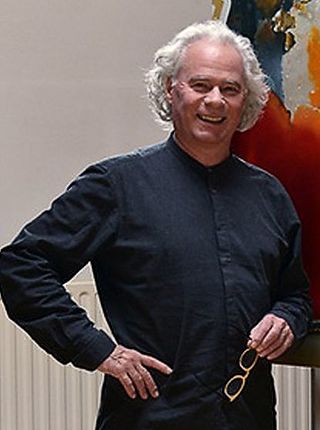
Tjalf Sparnaay is a Dutch artist, photographer, illustrator and painter.

Museum de Fundatie is a museum for the visual arts in Zwolle, Netherlands. Museum de Fundatie forms part of the Hannema-de Stuers Foundation, to which Kasteel het Nijenhuis in Heino also belongs. Museum de Fundatie possesses a collection of visual arts, with works ranging from the end of the Middle Ages until the present day, collected by Dirk Hannema, former director of Museum Boijmans Van Beuningen. As well as the permanent collection, Museum de Fundatie organises new, wide-ranging exhibitions every three months. Museum de Fundatie recorded a record number of 310,000 visitors in 2015.

Sibyl Heijnen (1961) is a Dutch visual artist, part of the second generation after 1960. She graduated from the Gerrit Rietveld Academy in Amsterdam, the Netherlands in 1985. She is known for working with a wide range of materials and techniques, not limited to a particular spatial scale, transcending all boundaries of art.
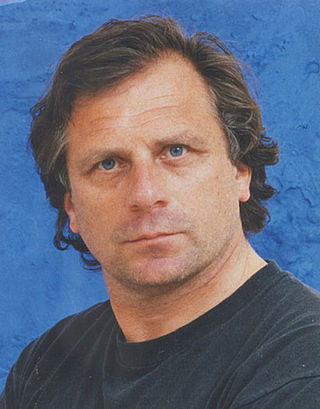
Jan Cremer is a Dutch author, photographer and painter. His best known work is the novel Ik, Jan Cremer and the sequel Ik, Jan Cremer, tweede boek. The publication of this book created scandal in the Netherlands because of its explicit sexual contents. He has since been active as photographer and painter.
Richard Semmel was a German entrepreneur and art collector who was persecuted by the Nazis because of his Jewish heritage. His heirs have filed restitution claims for artworks.
